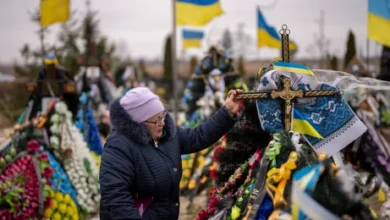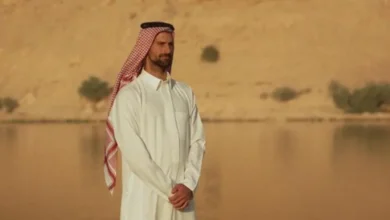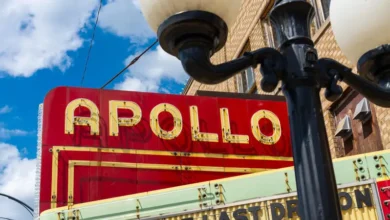Lebanon hopes UNESCO danger listing could save Tripoli’s modernist fairground

Its arch is cracking and its vast pavilions lie empty, but the crumbling Rachid Karami International Fair in Lebanon’s port city Tripoli now has hope of revival, having been added to the United Nations’ list of world heritage sites in danger.
Designed by Brazilian architect Oscar Niemeyer in 1962, the collection of structures on the 70-hectare plot is considered one of the key works of 20th century modernism in the Middle East.
But the fair park has slowly decayed due to repeated rounds of fighting over the last 60 years, poor maintenance and most recently Lebanon’s crippling, three-year-old financial crisis.
“It was placed on the World Heritage List exceptionally, quickly and urgently –- and on the list of heritage in danger because it’s in a critical situation,” said Joseph Kreidi, UNESCO’s national pro-gram officer for culture in Beirut.
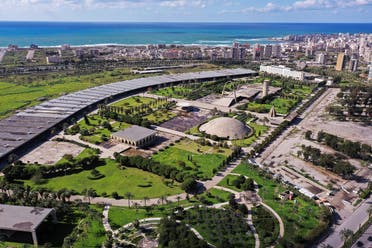
Its elegant arch is missing concrete in some parts, exposing the rebar underneath. Rainwater has pooled at the locked
entrances. One section is sealed off by a sign that reads, ‘Unsafe building entry.’
“Placing it on the World Heritage Danger List is an appeal to all countries of the world, as if to say: this site needs some care,” said Kreidi.
He said it was up to the Lebanese authorities to draw together a plan for the site’s protection and rehabilitation but that UNESCO, the United Nations’ cultural agency, could help search for funding and provide technical expertise.
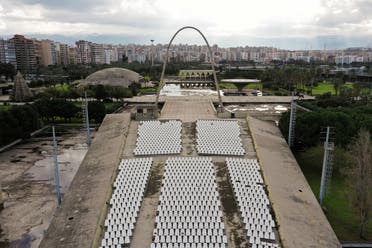
Lebanon has five other sites on UNESCO’s World Heritage list, most of them citadels and ancient temples.
Niemeyer is recognized as one of the fathers of modern architeture and the site in Tripoli was an early foray into the Middle East.
Construction of the fairground began in the 1960s but was delayed when civil war erupted in Lebanon in 1975. Fighters used the site to stage operations and stored weapons underneath its concrete dome.
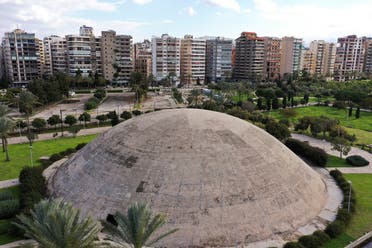
Mira Minkara, a freelance tour guide from Tripoli and a member of the Oscar Niemeyer Foundation’s Tripoli chapter, has fond — but rare –- memories of the fairground as a child.
For the most part, it was off-limits to Tripoli’s residents given safety concerns. But Minkara remembered her first visit during a festival of pan-African culture and crafts.
She hopes that UNESCO’s recognition could bring new festivals, exhibitions, and economic benefits to Tripoli –- already one of the poorest cities on the Mediterranean before Lebanon’s financial meltdown began.
Lebanon’s cultural heritage has been hit hard in recent years. The 2020 Beirut port blast tore through 19th-century homes in historic neighborhoods and power outages caused by the financial crisis have cut supplies to the national museum.
“We hope things change a little,” Minkara said. “It’s high time for this fairground to emerge from this long sleep, this almost-death.”

